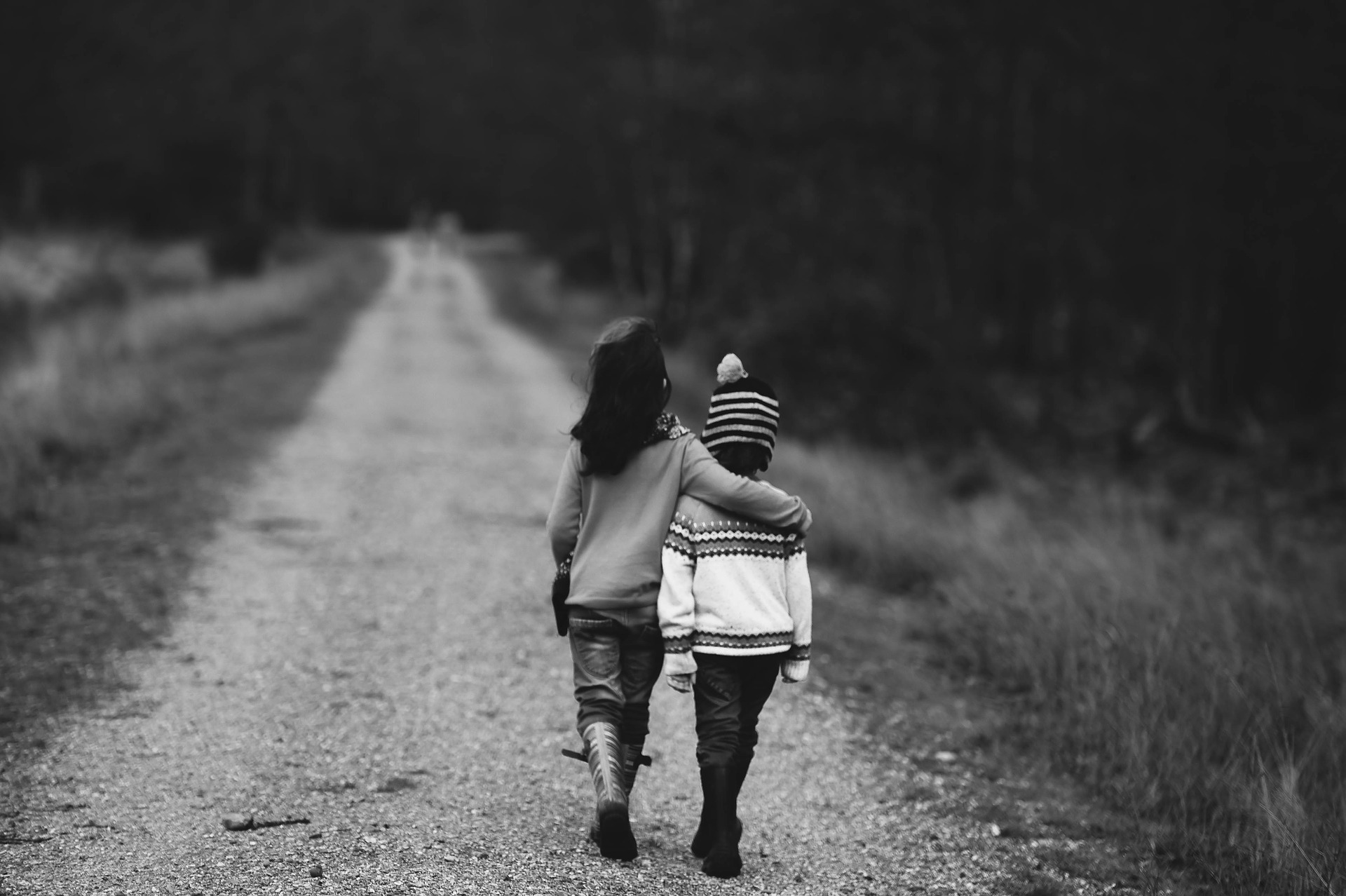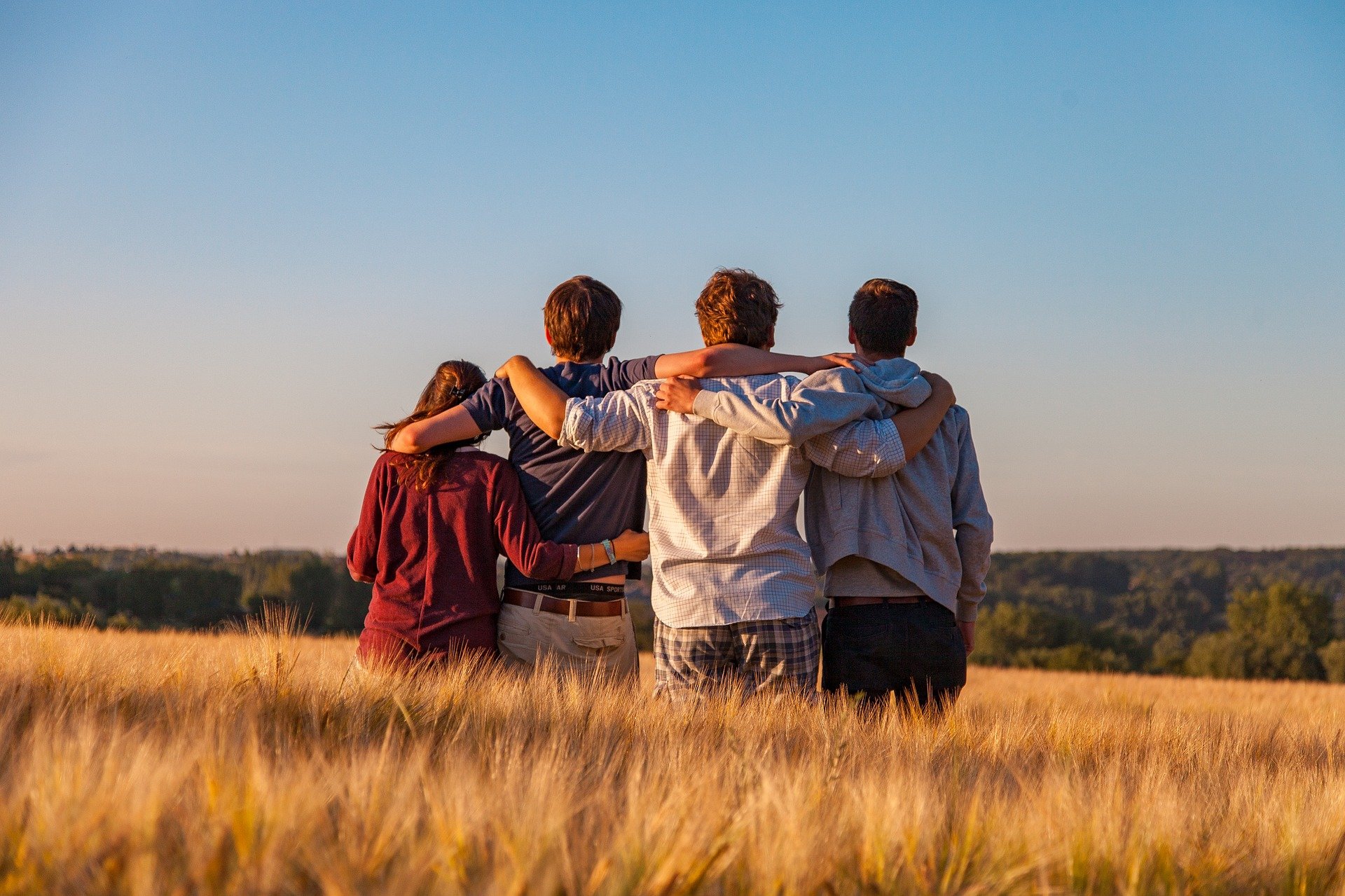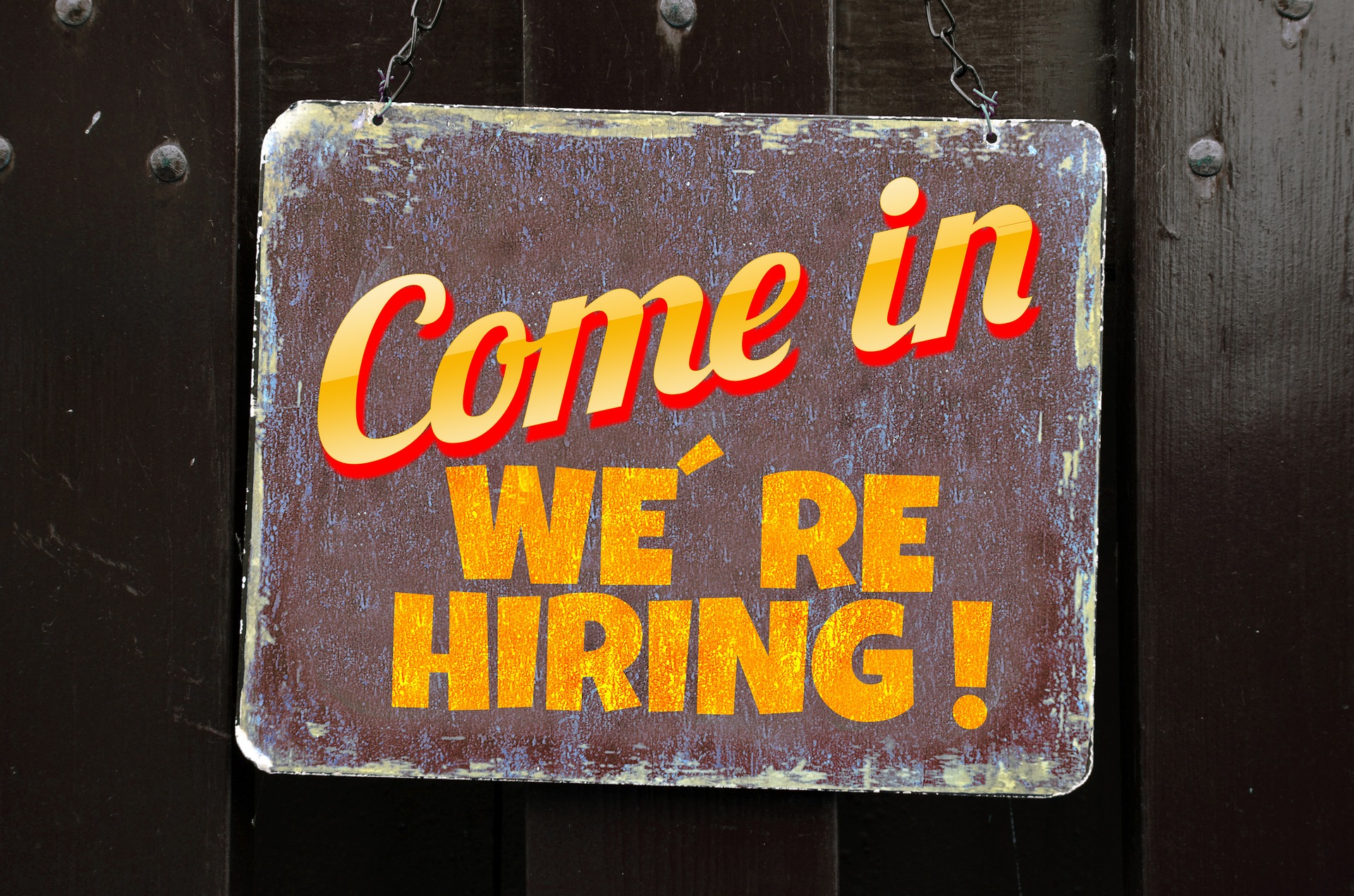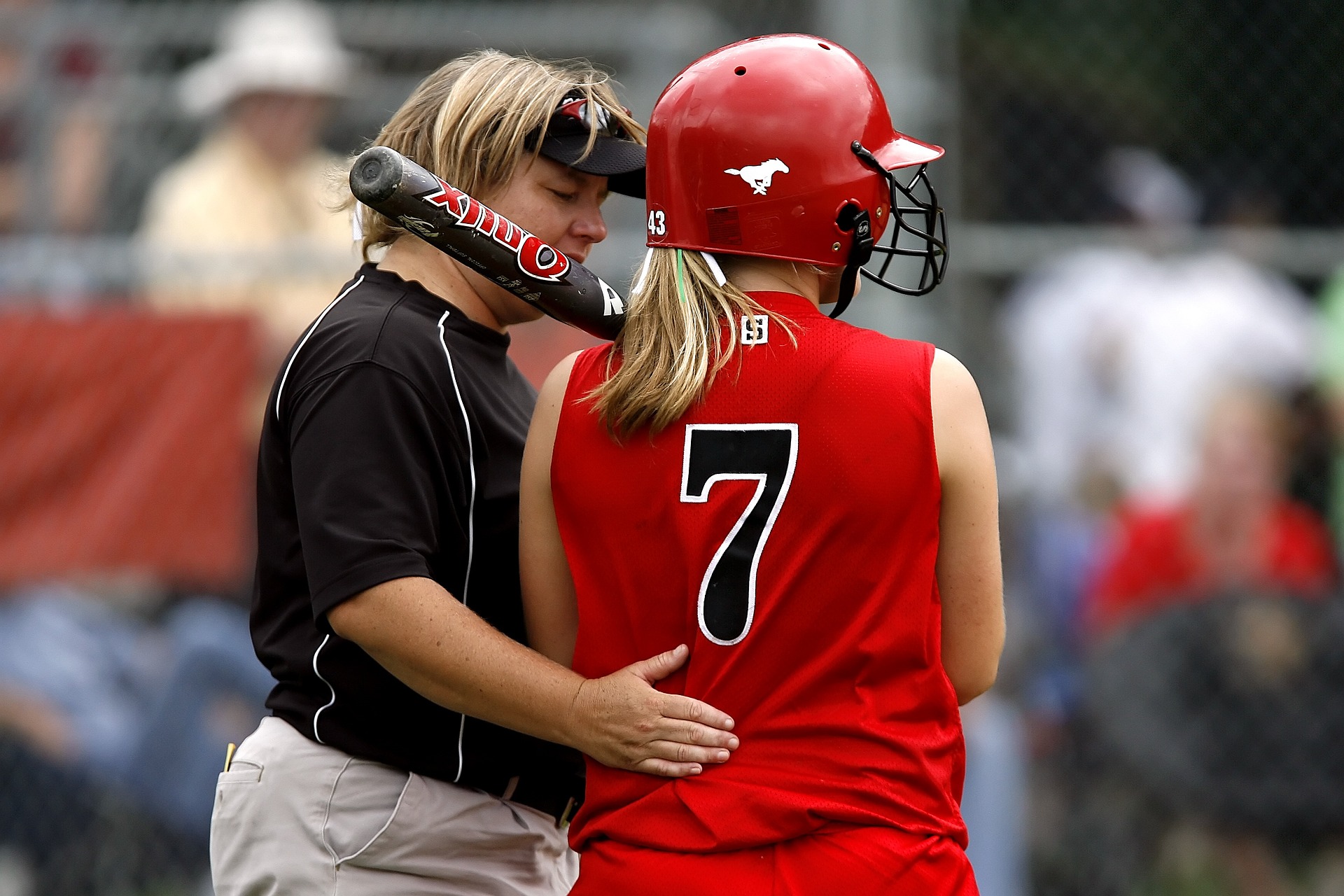Between the Lines: Stories of Brain Injury Survivors – (Part 6 of 6)
 This is the sixth post in Between the Lines: Stories of Brain Injury Survivors. If you missed the beginning of Tony’s Journey, click here to read it.
This is the sixth post in Between the Lines: Stories of Brain Injury Survivors. If you missed the beginning of Tony’s Journey, click here to read it.
It’s been eleven years since Tony’s first stroke. In that time, he’s had his share of ups and downs–and learned some pretty big life lessons. “It’s all part of the process,” Tony says. In his view, recovery is a continuous, lifelong journey.
Throughout Between The Lines, Tony has shared his experiences and his learnings, so that he might help others going through the same thing. We’ve talked about how stroke awareness saves lives, how facing your fears is a key part of recovery, how counselling can help families through tough times, and how mindfulness is one of the most important tools in a brain injury survivor’s recovery kit.
For our last instalment in this Between The Lines series, Tony wants to share one last piece of advice for brain injury survivors: lean into what you love.
If Tony has learned anything during his journey, it’s that being a stroke survivor doesn’t mean you have to completely give up on your passions. In fact, Tony has found it actually helps to lean into them–just in different ways than you used to.
For example: Tony loves to be outdoors. Before his stroke, he was your typical British Columbian, who’d love to get out outside for a hike, a mountain bike ride, or a round of golf with his buddies. After the stroke, all of those things were off the table for a long time–some permanently–and he always had to be careful he was being active in a way that was safe for his body.
Finding your passion post brain injury
 So how did Tony turn his passion for the outdoors into a sense of purpose? One way was through his love of golf. Unable to work the fast-paced, stressful job he used to, Tony began volunteering at his local golf course, which eventually turned into a job.
So how did Tony turn his passion for the outdoors into a sense of purpose? One way was through his love of golf. Unable to work the fast-paced, stressful job he used to, Tony began volunteering at his local golf course, which eventually turned into a job.
He also became quite the gardener. In our previous post, we talked about how gardening is an important part of Tony’s mindfulness practice. Being connected to nature helps clear his mind, and nurturing flowers and vegetables has become a rewarding experience he looks forward to at the start of every growing season. In many ways, leaning into his love of nature helped give Tony a sense of purpose during his life post-stroke.
However, that’s not to discount Tony’s other passions. In many ways, Tony’s love for getting involved and helping people blossomed even further after his stroke. Tony was a board member with the BC Brain Injury Association for many years, and he also volunteered at Semiahmoo House Brain Injury Services, as well as the Surrey Aphasia Group. And by leaning into his passion for helping others, he’s made a real, lasting impact on the lives of so many other brain injury survivors.
Now, we’d like to turn things over to you. If you’re a brain injury survivor, what passions do you have? Have you ever imagined that your passions pre-stroke could translate into something entirely different now?
This is the sixth and final post of Tony’s Between the Lines. To mark the end, Tony and the BC Brain Injury Association want to help brain injury survivors take a deeper dive into how to lean into their passions, post-stroke.
Daily living after brain injury
An important first step in brain injury recovery is to assess how to manage daily living tasks effectively. Building strategies to help you succeed with the day to day is key to moving on to activities you enjoy for leisure. Try:
- Exploring our Living Life section to discover tips and resources for things like returning to activities like work and driving
- Discovering tips on healthy living post brain injury
- Returning to activities you love using goal setting techniques for brain injury
Finding brain injury friendly activities
If you are an avid gardener like Tony but need support returning to that activity, the Disabled Independent Gardeners Association can help. If you enjoy hiking but require assistance being in nature safely, the BC Mobility Opportunities Society provides accessible outdoor recreation programs. Do you face mobility or cognitive challenges but would like to enjoy sports again? Check out the programs at BC Wheelchair Sports or BC Adaptive Snow Sports. If you’re interested in exploring dance, All Bodies Dance offers inclusive classes, workshops and performances for dancers of all abilities. Maybe you are an artist looking for an inclusive community to create with–in that case, organizations like Artists Helping Artists or annual events like Art After Stroke are excellent places to connect with others and explore your creativity. There really is a wide breadth of organizations and communities out there to support your interests, so it’s worth exploring!
You can also connect with people who share your interests and possibly some of your challenges. The Brainstreams community is a great place to start, but don’t limit yourself. For links to resources in your local area, explore our “Returning to Life” repository category. In this category there are many excellent resources with a focus on social and leisure activities, as well as sports and exercise groups that cater to folks recovering from and living with brain injury:
- Returning to Life resources list
- Social and Leisure resources and organizations
- Sports and Exercise resources and groups
Thank you for joining Tony’s Between the Lines series. And thank you, Tony, for sharing your experience with the BC Brain Injury Association community.





